Rep. Tulsi Gabbard’s Ambitious New Group in Congress Looks Forward
September 18, 2013
Gabbard was introduced as the co-chair of the Future Caucus at the panel discussion that marked its formal launch on Wednesday. The idea: Bring together members of Congress who are under 40 to work in a bipartisan way to solve problems.

WASHINGTON, D.C. — Does Rep. Tulsi Gabbard represent the future?
That remains to be seen, but there are signs that the fast-rising attention-grabbing young congresswoman is positioning herself to do so.
On Wednesday, Gabbard announced she’s part of a new bipartisan group in Congress that aims to not only break gridlock in the nation’s capital, but also to look for long-term solutions to complex issues, rather than simply reacting to crisis after crisis.
Gabbard, 32, was introduced as the co-chair of the Future Caucus at the panel discussion that marked its formal launch on Wednesday. The idea: Bring together members of Congress who are under 40 to work in a bipartisan way to solve problems.
The Future Caucus plans to address long-term issues that might be of particular concern to young people, including technology, protecting the environment, improving education, encouraging entrepreneurship and innovation, and positioning the U.S. to compete in the global marketplace.
Whether they succeed or not may not be clear before the congressional youth movement grows old.
And what exactly their efforts might mean for Hawaii are unclear, Gabbard acknowledged in a comment to Civil Beatfollowing the panel discussion in the Rayburn House Office Building. She specifically said that the caucus’s innovative ideas might help to improve technology and services on the neighbor islands.
More broadly, the new group’s goals might seem politically ambitious. But uniting the country and making Washington work once again has long been a hallmark promise of ambitious national politicians. After all, George W. Bush and Barack Obama both used their rhetoric to spearhead their initial presidential campaigns — and they both largely failed to create much of a healthy, functional bipartisan environment.
But despite the practical challenges of bringing politicians of many stripes together in a constructive environment, a leading role in the Future Caucus could prove to be a smart move for a young politician who is aiming higher.
In the short term, Congress is heading into a month of what are likely to be fierce and partisan budget battles that carry with them the possibility of defaulting on the national debt. Politicians who brand themselves to bipartisanship and forward-looking solutions could insulate themselves from potential public fury with a do-nothing Congress, should it surface.
Wednesday’s announcement also gave Gabbard yet another opportunity to step onto the national stage with appearances on programs like the Morning Joe on MSNBC to discuss the new caucus.
Beyond that, getting things done in Washington often comes down to dialogue and deal-making that is often built upon relationships that are strong enough to withstand partisan pressures. Being a part of a movement of kindred young politicians — who want to stick around and leave a mark — could lay the groundwork for just those sorts of relationships.
Addressing skepticism about such a small group’s capacity to have an impact, Gabbard noted that this would not be the first small group to profoundly influence Congress. She also noted that the Future Caucus would have a strong practical and common-sense bent.
On an individual level, Gabbard is in some ways following in the footsteps of another young Hawaii native and military veteran who was elected to serve in the nation’s capital where he developed constructive bipartisan political relationships, helped to get a lot done, and stayed around for several political lifetimes: Dan Inouye.
Indeed, in a speech at the event Gabbard invoked Inouye and the retired Sen. Daniel Akaka, saying that, “The previous generation lamented the relationships that allowed them to do so much, had been lost.” Inouye had a constructive, long-running political and personal friendship with Republican Ted Stevens of Alaska.
What’s been lost, Gabbard explained, is the sense of aloha, which she explained to the audience, means respecting others.
It wasn’t the first time Gabbard has spoken about congressional dysfunction since she arrived in January. She made headlines in July when she said in a speech that she was “very, very frustrated” about Congress’s inaction. On Wednesday, she recounted a story that epitomized what she sees as the problem, the reluctance of members to dialogue with politicians from the other party. Shortly after joining Congress, Gabbard said, she was going around chatting with others on the House floor and then spoke to a Republican colleague. For that, she recounted, she was admonished — “Don’t you know you’re not supposed to talk to him?’”
Despite such sentiment, The Hill reported that Gabbard said she and Illinois Republican Rep. Aaron Schock, the other co-chair of the Future Caucus, became friendly while working out together.
Reality could, of course, get in the way of such youthful bipartisan goodwill. After all, the two parties do fundamentally disagree on some very basic issues. And then there’s the way that divisive campaigning can facilitate fundraising, not to mention the redrawn congressional districts that often create highly partisan districts that leaves representatives with little or no incentive to collaborate with their political opponents.
Gabbard previously preached bipartisanship, as a member of another congressional caucus called No Labels.
There is no doubt that such talk plays well, but Neal Milner, a political science professor at the University of Hawaii at Manoa, has major doubts. “Given the way Congress is working right now, working for bipartisanship is unlikely to be successful and in fact can limit the participants’ influence in the respective political parties in Congress,” he said.
“On key issues, the bi-partisans will get tremendous pressure to vote with their party and will likely to succumb to that pressure. So is the futures caucus a shibai? No. Is it likely to be an unsuccessful effort? Yes,” Milner said.
Asked on the panel, why they think they might be able to overcome the gridlock, Steven Olikara, co-founder and president of the Millennial Action Project, which helped organize the caucus, highlighted the backgrounds of the two co-chairs: Schock, a Republican and the first Millennial in the House, and Gabbard, the youngest woman in Congress and a Democrat.
Other members currently in the group are Democratic Reps. Kyrsten Sinema (Ariz.), Joseph Kennedy (Mass.) and Patrick Murphy (Fla.), along with Republican Rep. Todd Young (Ind.).
Addressing what is similar for all representatives, regardless of their party affiliation, Gabbard said, is that when they are back home they all hear many of the same concerns, and to address them, there is a universal incentive to work across the aisle.
If the Future Caucus succeeds, forces that see little hope of getting innovative ideas through Congress would have members to work with, said Schock, 31. That in turn, Gabbard said, could facilitate the development and implementation of fresh ideas to improve education and technology in areas where there are population hubs near water, places like the neighbor islands.
On the long-shot chance that this group really does succeed where presidents and countless other politicians have failed, and restores bipartisanship to the nation’s capital, the future might really belong to its movement’s leader.
Rep. Tulsi Gabbard’s Ambitious New Group in Congress Looks Forward
WASHINGTON, D.C. – Does Rep. Tulsi Gabbard represent the future? That remains to be seen, but there are signs that the fast-rising attention-grabbing young congresswoman is positioning herself to do so.
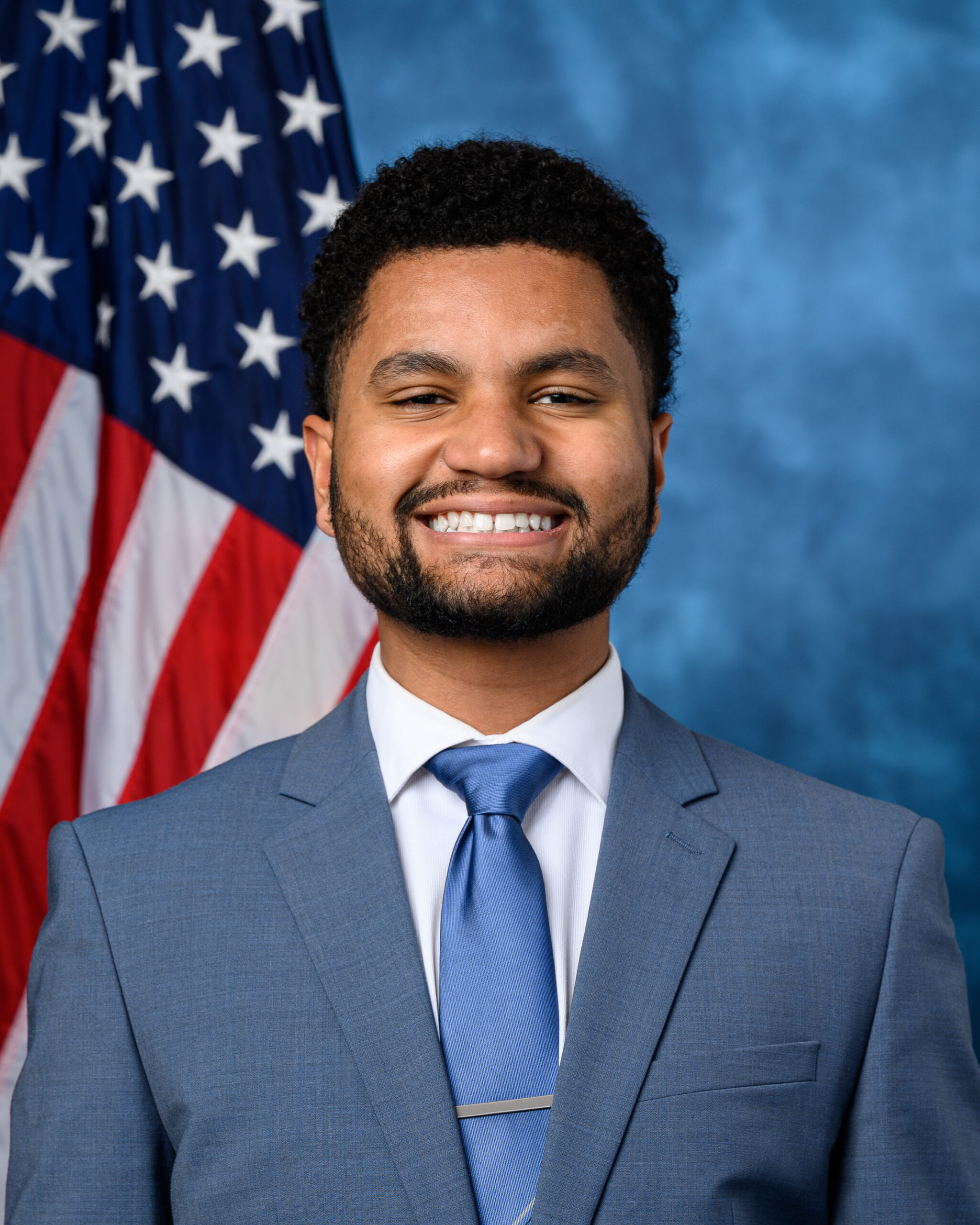
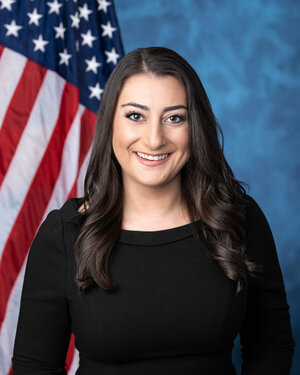

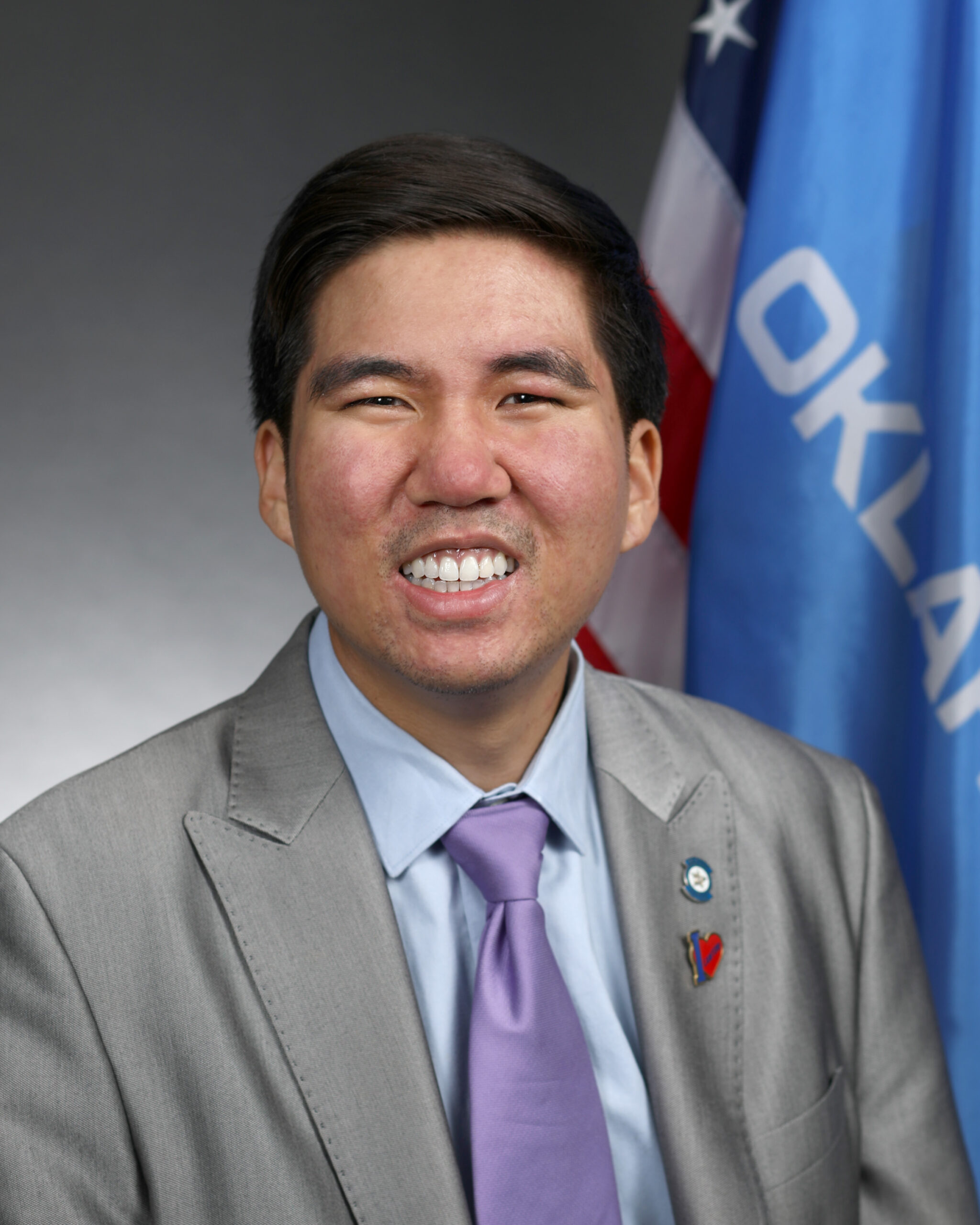
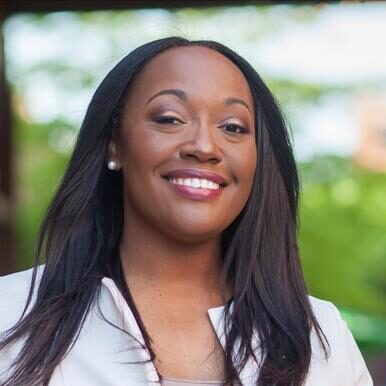
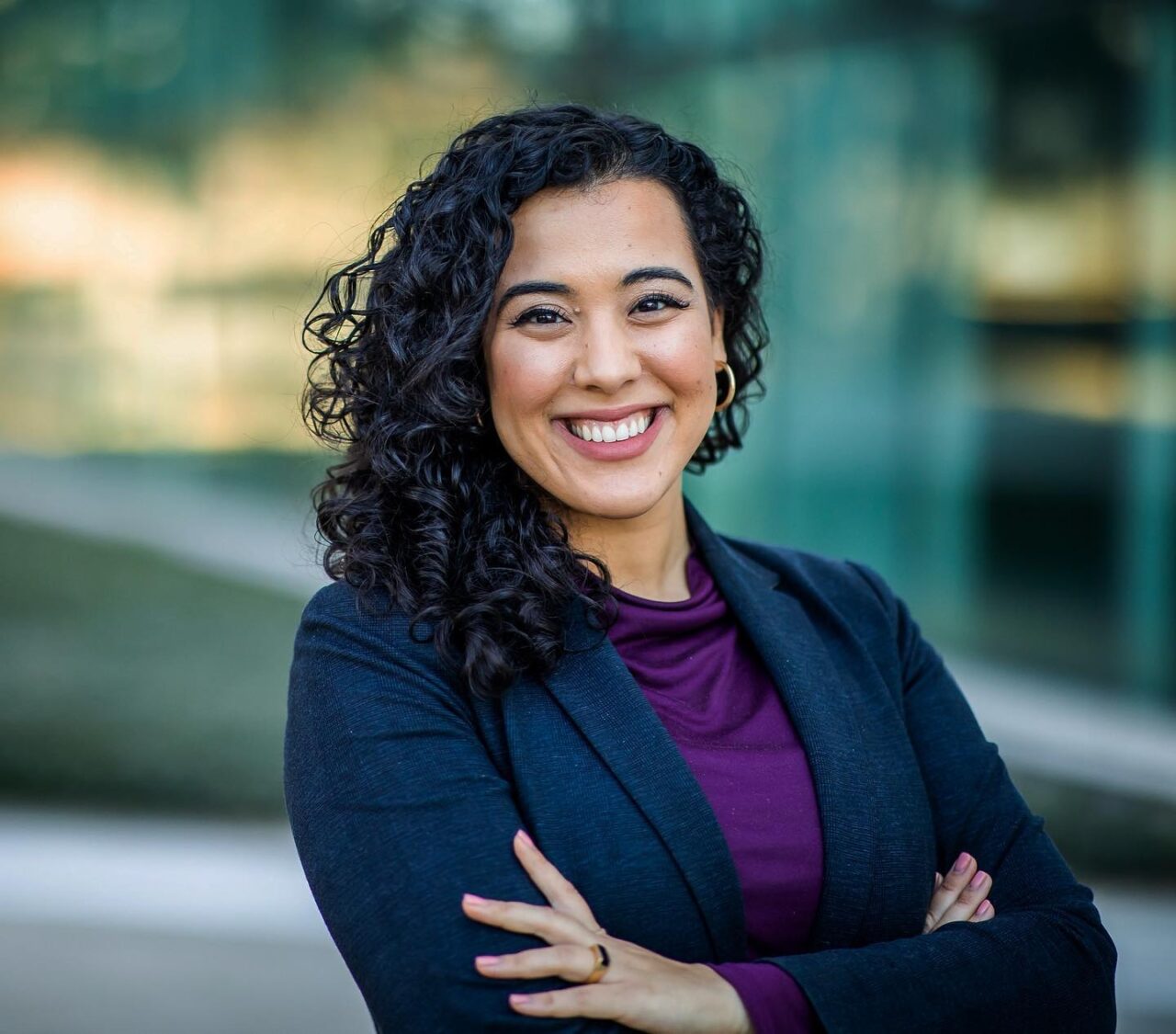
Join 1,900+ BIPARTISAN LEADERS NATIONWIDE
Be a part of a network of lawmakers committed to governing effectively, passing more representative public policy, and increasing public trust in democracy.